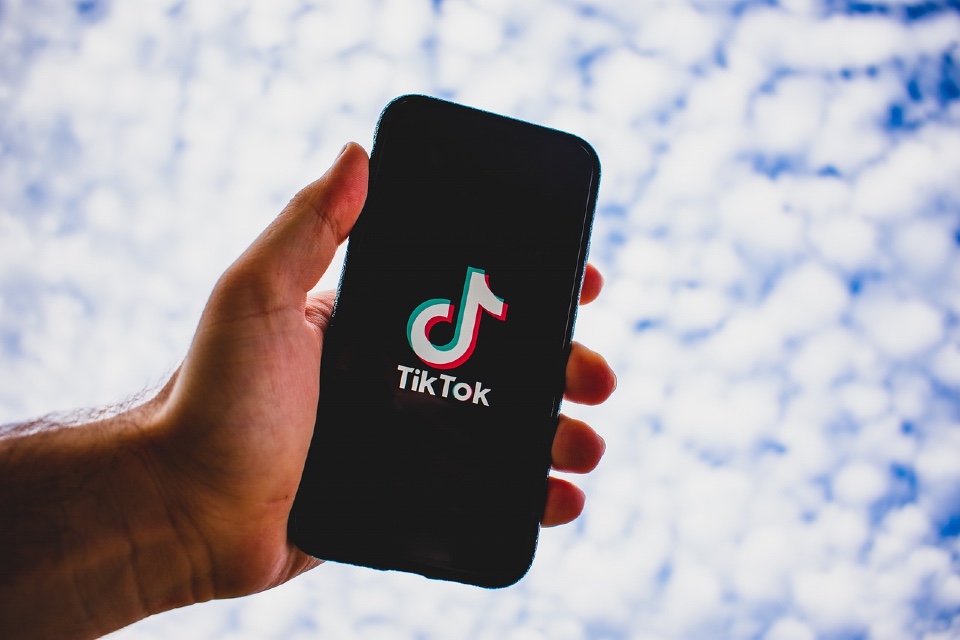Positive customer service now ‘crucial’ to brand success
British customers are more likely to vote with their wallet when they are unhappy with a brand, with 1 in 2 (51%) said they will only give brands two chances after a bad brand interaction before choosing not to buy from them again.
64% said a good customer call experience would make them brand advocates, making the short call centre interaction even more crucial to brand loyalty, according to new online research from Infobip.
The research polled 2,000 UK Adults aged 18 and above, and aimed to find out the motivations and avenues which British consumers are complaining. The findings revealed the following about customer complaints in the UK:
- Per my last email: Almost half (45%) of Brits say they prefer using email to lodge complaints; with almost half (48%) saying they preferred to because of convenience.
- Please leave a message after the tone: Of the 17% who said they preferred call centres, unsurprisingly, Gen Zs (18 to 24-year-olds) came in last at only 10%, and it’s those aged 25-34 and above 65 that came in tops at 20% and 21% respectively. A finding that suggests that while millennials are commonly known to steer clear from making phone calls, younger customers will do so to get their problems fixed.
- Poor service, product and delivery delays the biggest gripes: 33% say poor service was the main complaint motivator, followed by poor product (27%) and delivery delays (28%).
- Retailers are repeat offenders: 2 in 5 (44%) said they complained about the retail sector, ahead of food delivery companies (19%) and utilities (16%).
Despite the motivations behind and methods of the complaints, the findings also showed that brands still have the chance to turn an unpleasant experience into a positive one, and even convert customers into brand advocates with a positive customer service experience.
- Don’t show me the money: 1 in 3 said speaking to an agent who empathises with their problems (33%) help improve the overall complaint experience, more so than receiving monetary compensation (17%) – in a finding that suggests that people do not want money thrown at the problem.
- There is no time to waste: 4 in 5 say that call centre workers who can address their issues (44%) and quickly answer their queries (40%) make the unpleasant complaint experience better.
James Stokes, Country Manager, UK & Ireland at Infobip said: “Regardless of the preferred method of complaining, brands only have a short timeframe to turn irate customers into brand advocates. Making customers happy is no longer a ‘good to have’. With customers showing willingness to vote with their feet, good customer service is crucial to businesses’ overall bottom-line. With an omnichannel customer service platform solution, we hope to empower call centre workers with the right tools to perform at their best, and ultimately allow customers to reap the benefits on their preferred communications platform.”









